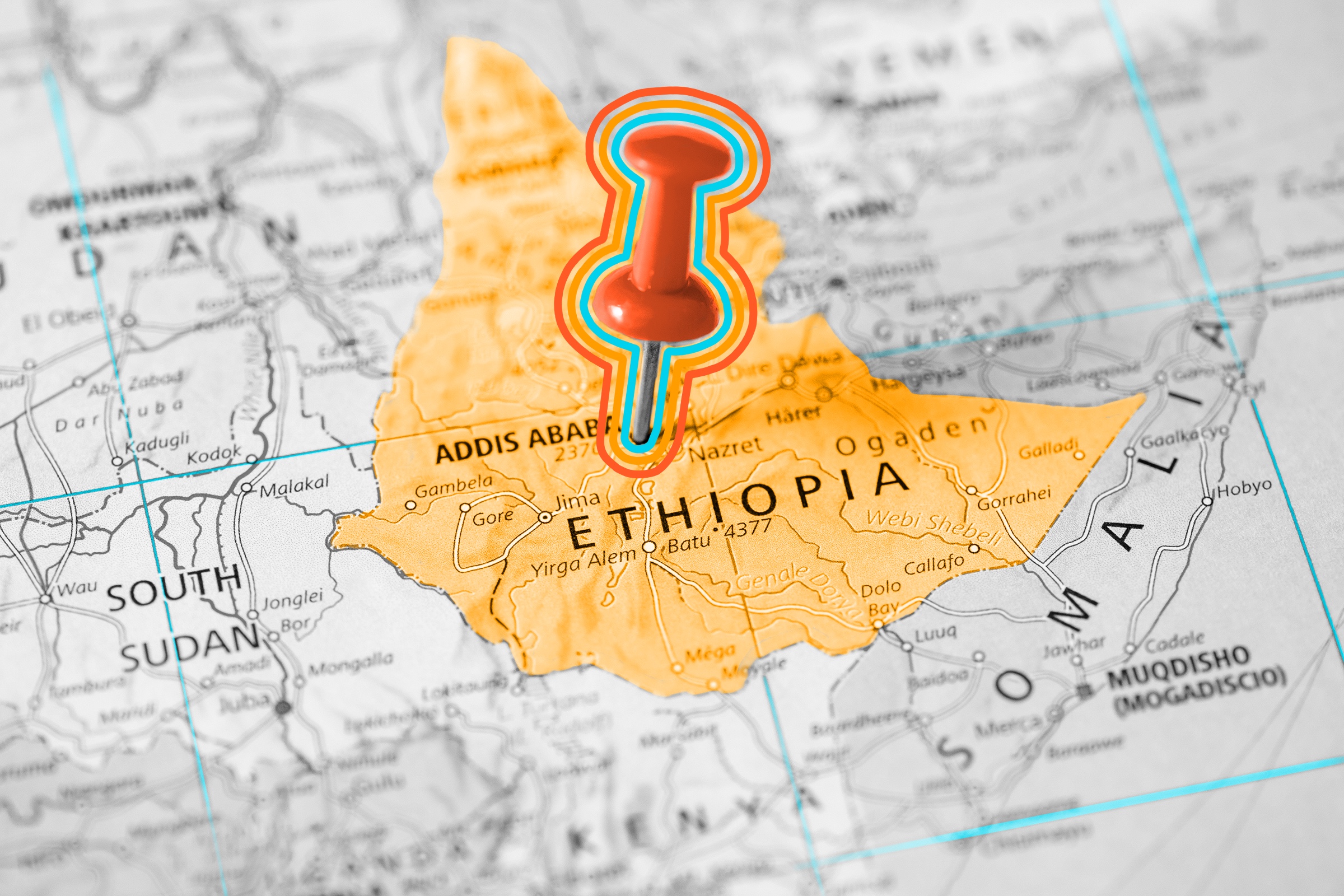
The Ethiopian calendar is seven to eight years behind the calendar used in the U.S.
It’s taken a few centuries, but the Gregorian calendar, first instituted by Pope Gregory XIII in 1582, is now the official calendar used by most countries — emphasis on “most.” A notable exception is Ethiopia, which uses its own calendar. The Ethiopian calendar shares some similarities with the Gregorian: They’re both based on the solar year and on ancient Rome’s Julian calendar, and they're both 365 days long (366 during a leap year). But Ethiopia’s calendar has an extra month, its new year is celebrated on September 11, and, most notably, it's seven to eight years behind most other nations, depending on the time of year.
This temporal difference is a feature, not a flaw, and stems from something Ethiopians call Bahere Hasab (“Sea of Thoughts”), the method used to calculate the calendar. Both the Gregorian and Ethiopian calendars recognize Jesus’ birth as a key date in their calculations, but they differ on when this event is supposed to have occurred. In the Gregorian calendar, Jesus’ birth year divides B.C. from A.D. (or BCE from CE). The Ethiopian calendar instead places Jesus’ birth around 7 BCE. This event is supposed to have happened 5,500 years after Adam and Eve repented for their sins in the Garden of Eden. Many of the atypical features of the Ethiopian calendar are shared by the Coptic calendar, including its 13-month construction and mid-September new year. However, according to the Copts — an ethnoreligious Christian group native to North Africa — it’s currently the year 1738.
Known as the “cradle of humanity,” Ethiopia is both incredibly old and incredibly mountainous. Some 75 million years ago, magma from the Earth’s crust lifted up a dome of rock known today as the Ethiopian Highlands, which was then split in half by the Great Rift Valley. These highlands are home to nearly 80% of Africa’s tallest mountains — though the very tallest is Mount Kilimanjaro in Tanzania — and some fascinating species, such as the Ethiopian wolf (Canis simensis), one of the most endangered animals in Africa. The mountains have also played a key role in human history by providing a geographic deterrent to European colonialism. Ethiopia is one of only two countries in Africa (the other being Liberia) to never be successfully colonized, which allowed its ancient culture to flourish to this day.

